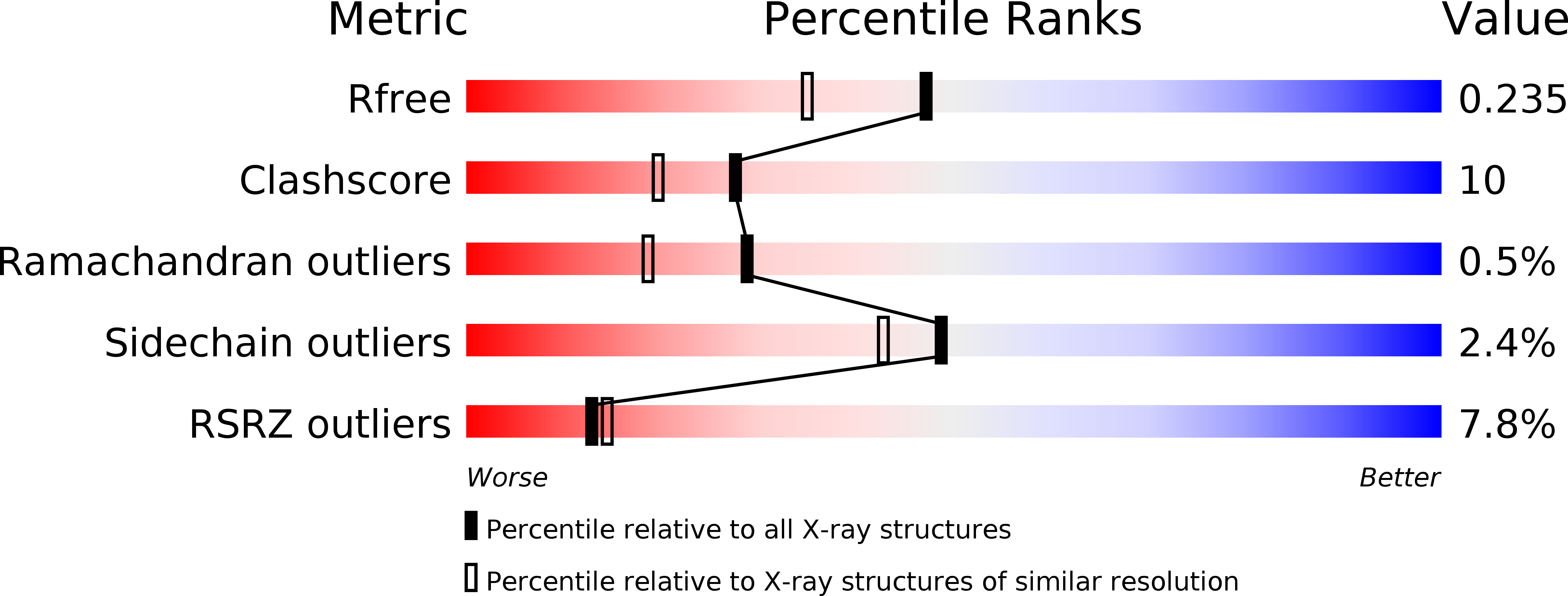
Deposition Date
2003-02-01
Release Date
2003-06-03
Last Version Date
2023-08-16
Entry Detail
PDB ID:
1NUP
Keywords:
Title:
CRYSTAL STRUCTURE OF HUMAN CYTOSOLIC NMN/NaMN ADENYLYLTRANSFERASE COMPLEX WITH NMN
Biological Source:
Source Organism:
Homo sapiens (Taxon ID: 9606)
Host Organism:
Method Details:
Experimental Method:
Resolution:
1.90 Å
R-Value Free:
0.24
R-Value Work:
0.2
R-Value Observed:
0.2
Space Group:
P 43 21 2


